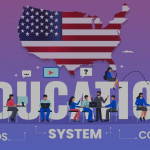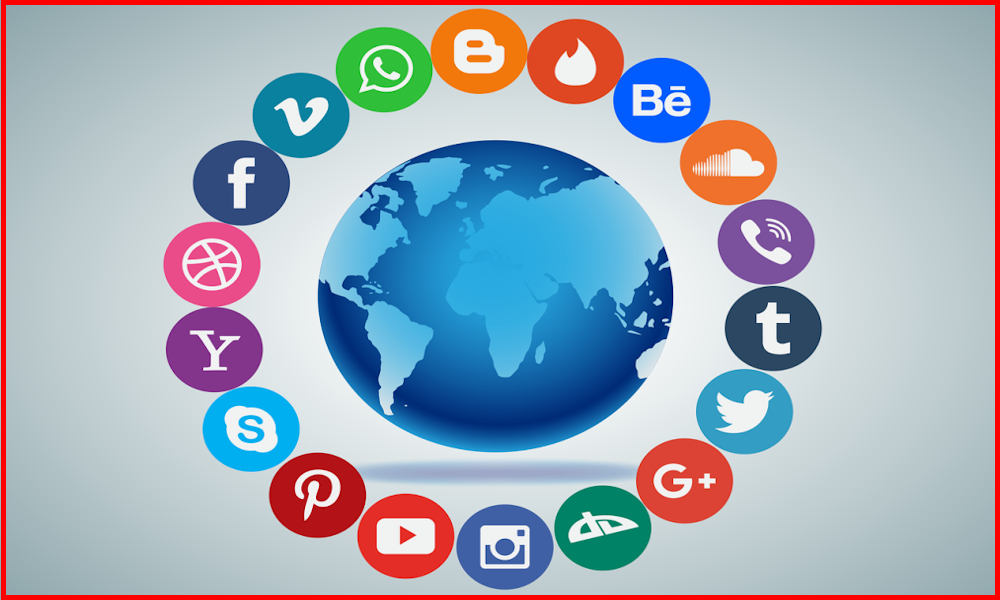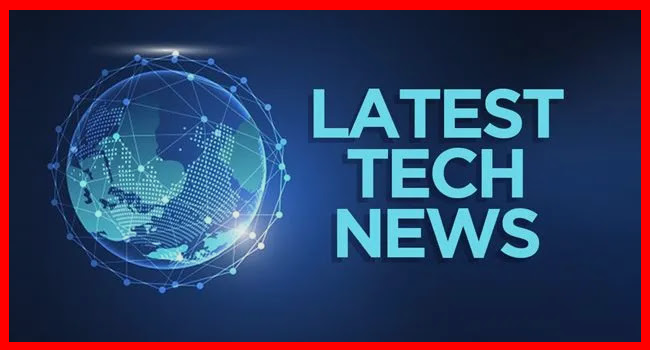In the digital age, few phenomena have reshaped the landscape of human interaction as profoundly as social media. From its humble beginnings as online forums and chat rooms, social media has evolved into a multifaceted ecosystem that includes platforms like Facebook, Instagram, X (formerly Twitter), TikTok, LinkedIn, and many others. These platforms have redefined how people communicate, share information, and form relationships. The influence of social media on modern communication is far-reaching, with both positive and negative implications for individuals and society as a whole.
The Evolution of Communication
Traditionally, communication was primarily verbal or written, and often limited by geography and access. Letters, landline phones, and face-to-face interactions dominated the pre-internet era. The emergence of the internet brought email and instant messaging, offering quicker, more efficient ways to connect. Social media took this evolution further, transforming communication into a real-time, multimedia experience. Today, people can broadcast live video, share personal updates instantly, and engage in global conversations with just a few taps.

Enhanced Connectivity and Expression
One of the most significant contributions of social media to communication is its ability to foster connectivity. It bridges geographical gaps, allowing users to maintain relationships with family and friends across distances. It also enables like-minded individuals to form communities based on shared interests, values, or experiences.
Social media also offers a powerful platform for self-expression. Users can craft digital identities through photos, videos, blogs, and status updates. This democratization of content creation has given rise to new voices, allowing individuals, especially marginalized groups, to share their perspectives and influence public discourse.
Real-Time Information and Awareness
The speed at which information travels on social media has transformed how people consume news and stay informed. Breaking news stories now emerge first on social platforms, often shared by eyewitnesses before traditional news outlets can report them. Social media has become a tool for raising awareness about social, political, and environmental issues, mobilizing support for causes and driving change through viral campaigns and grassroots activism.
Challenges and Downsides
Despite its many benefits, social media also presents serious challenges to modern communication. The brevity and informality of social media interactions can lead to misunderstandings, a loss of nuance, and a decline in deeper, more meaningful conversations. Algorithms that curate content can create echo chambers, reinforcing existing beliefs and reducing exposure to diverse viewpoints.
Moreover, the pressure to maintain an idealized online persona can affect mental health, fostering anxiety, low self-esteem, and a distorted sense of reality. Misinformation and disinformation also spread rapidly on social media, complicating efforts to discern truth from falsehood in an age of information overload.
Impact on Language and Social Norms
Social media has significantly influenced language use, popularizing slang, emojis, hashtags, and memes that shape modern digital dialects. While this has added creativity and immediacy to communication, it has also blurred the lines between formal and informal speech, especially among younger generations.
In terms of social norms, social media has altered expectations around availability and responsiveness. Instant messaging and “seen” notifications create pressure to reply quickly, changing the pace and expectations of communication. Public sharing of private moments has also redefined privacy boundaries and notions of personal space.
Conclusion
The influence of social media on modern communication is undeniable. It has enriched how people connect, collaborate, and express themselves, while also presenting new challenges that require thoughtful navigation. As social media continues to evolve, so too will the ways we communicate. Understanding its impact—both beneficial and detrimental—is essential to fostering healthier, more effective communication in the digital age.












